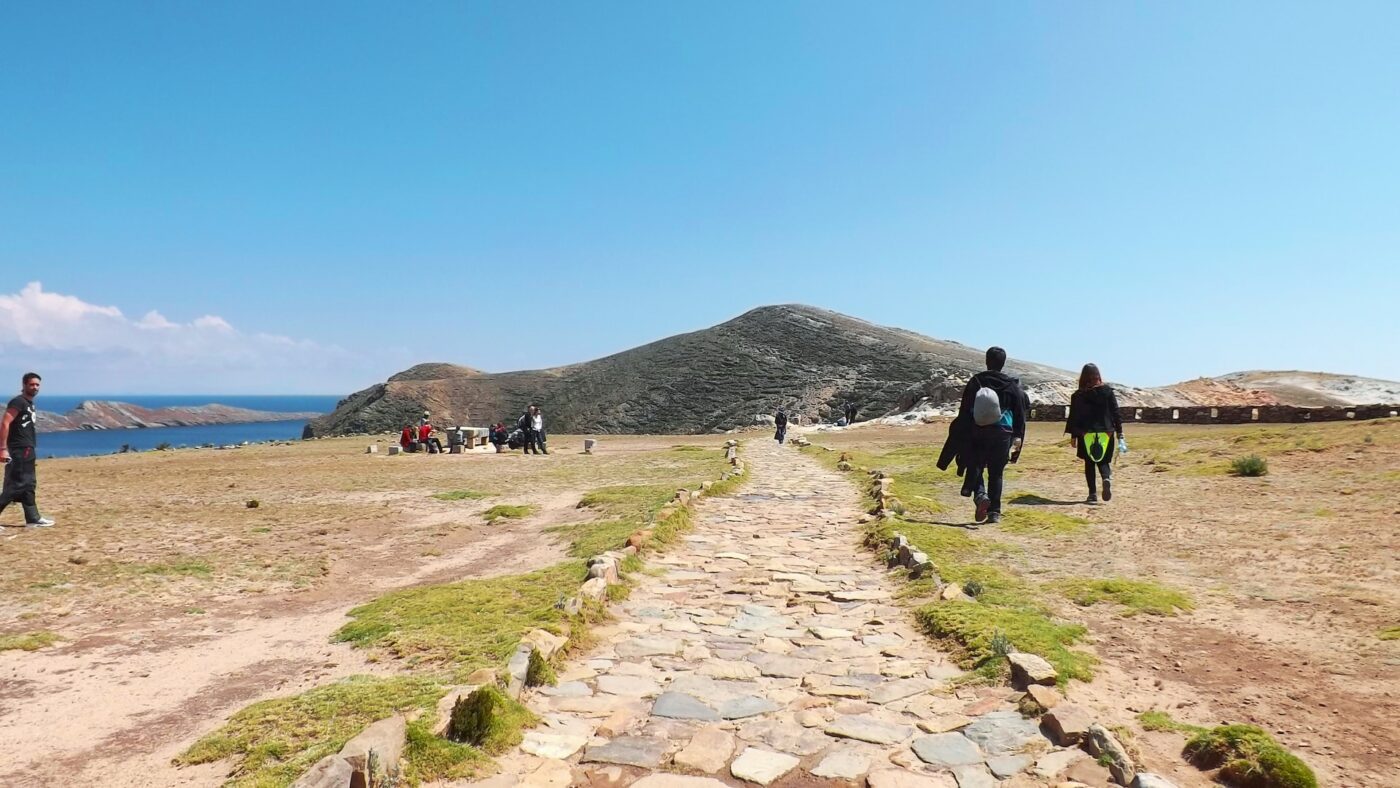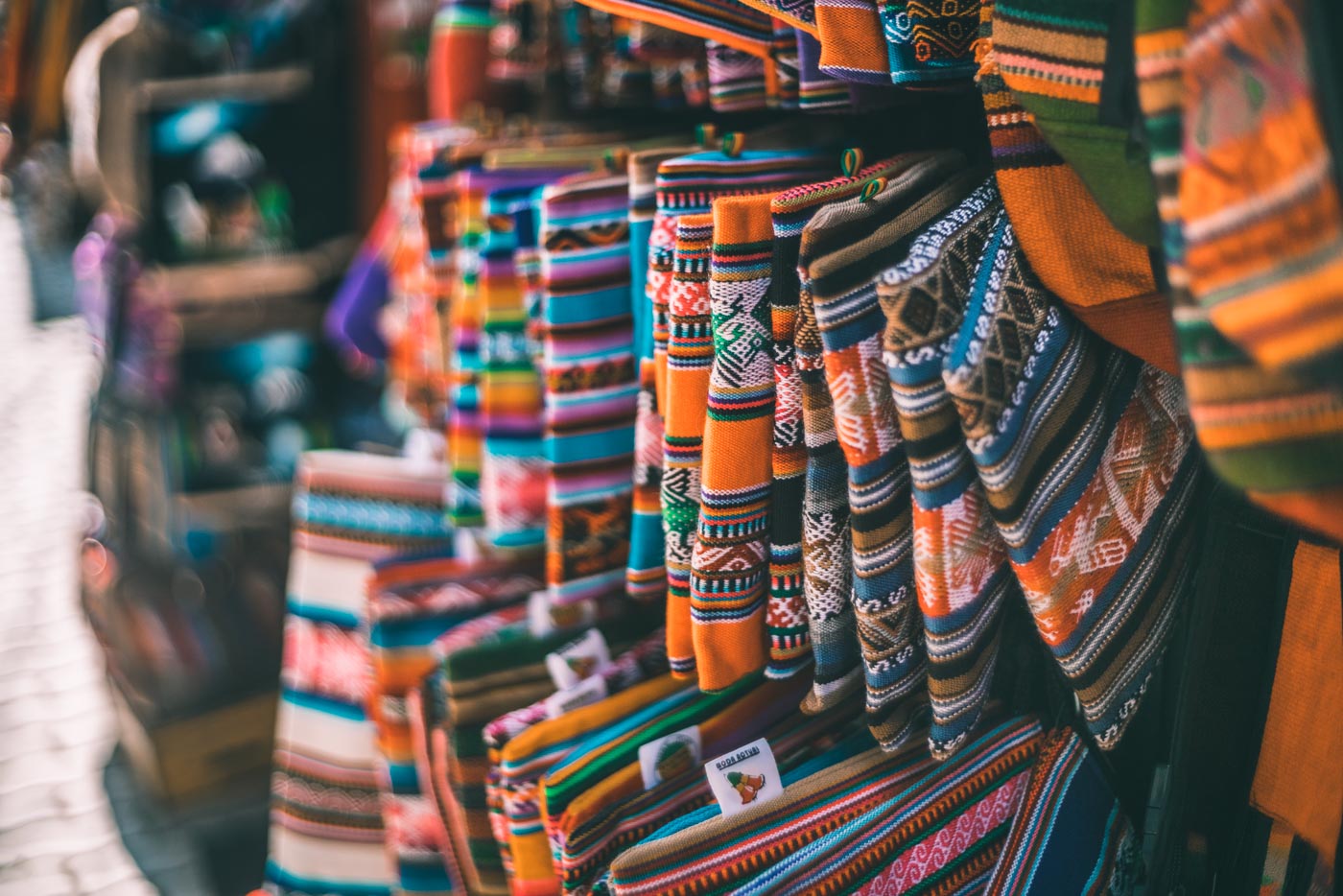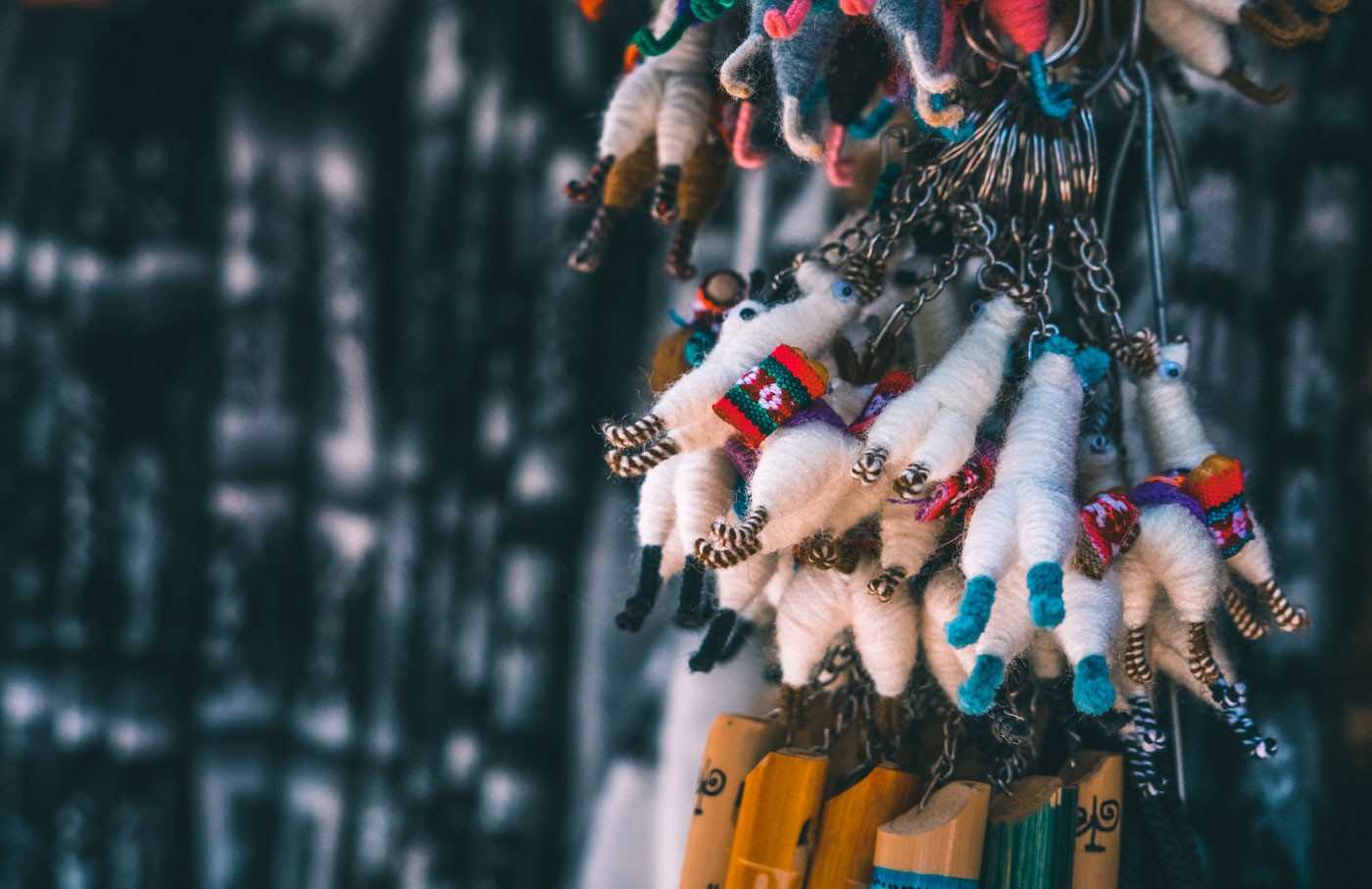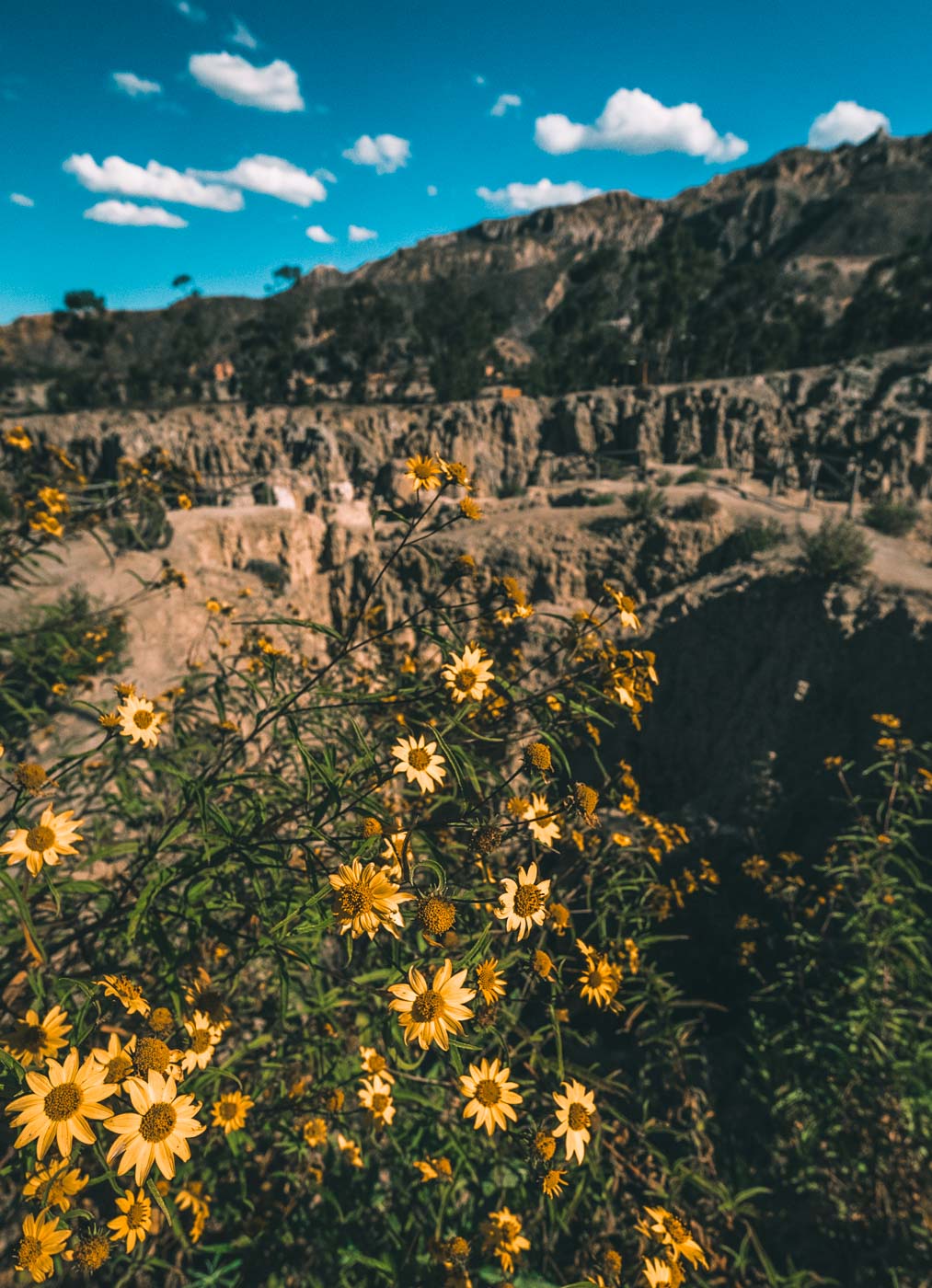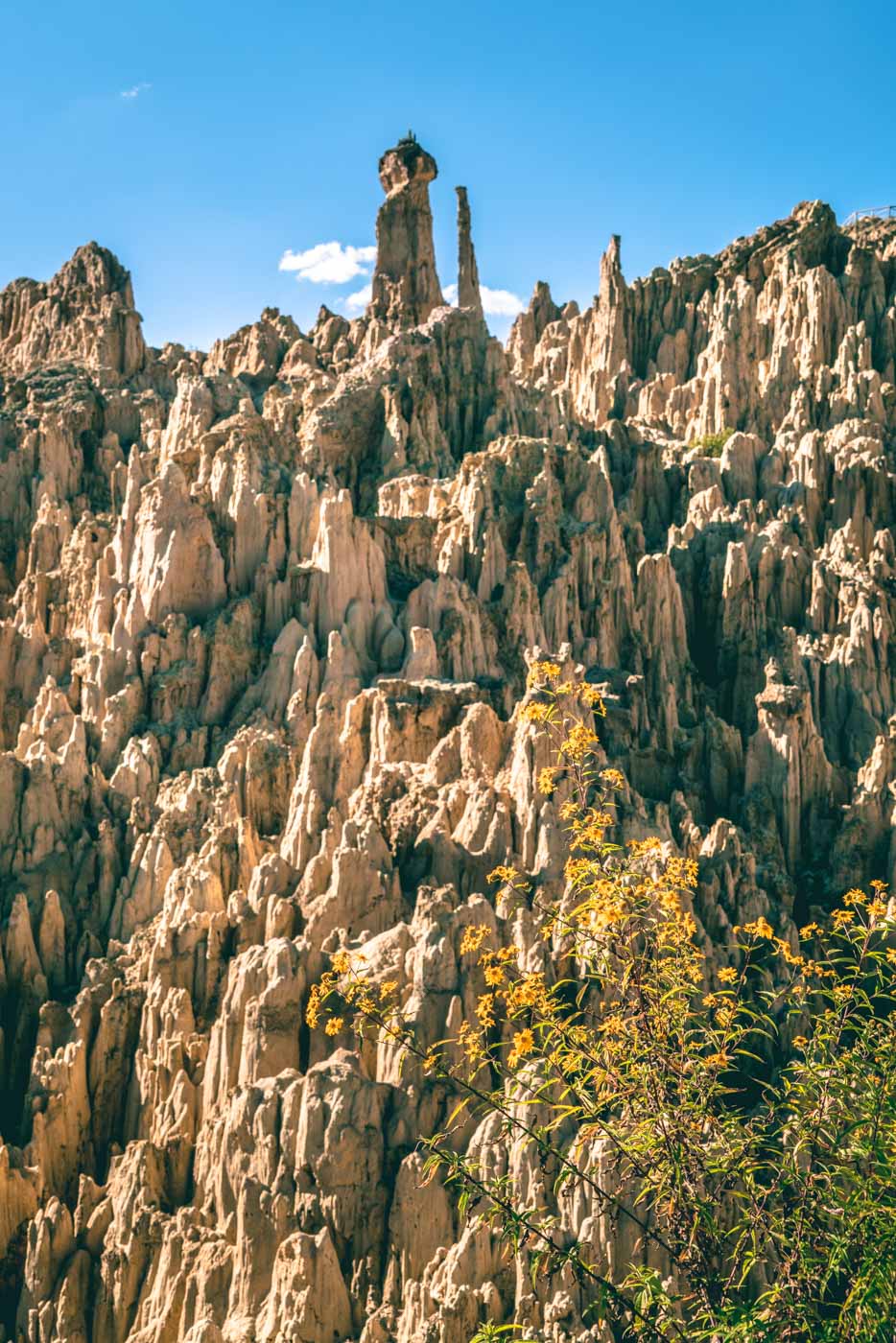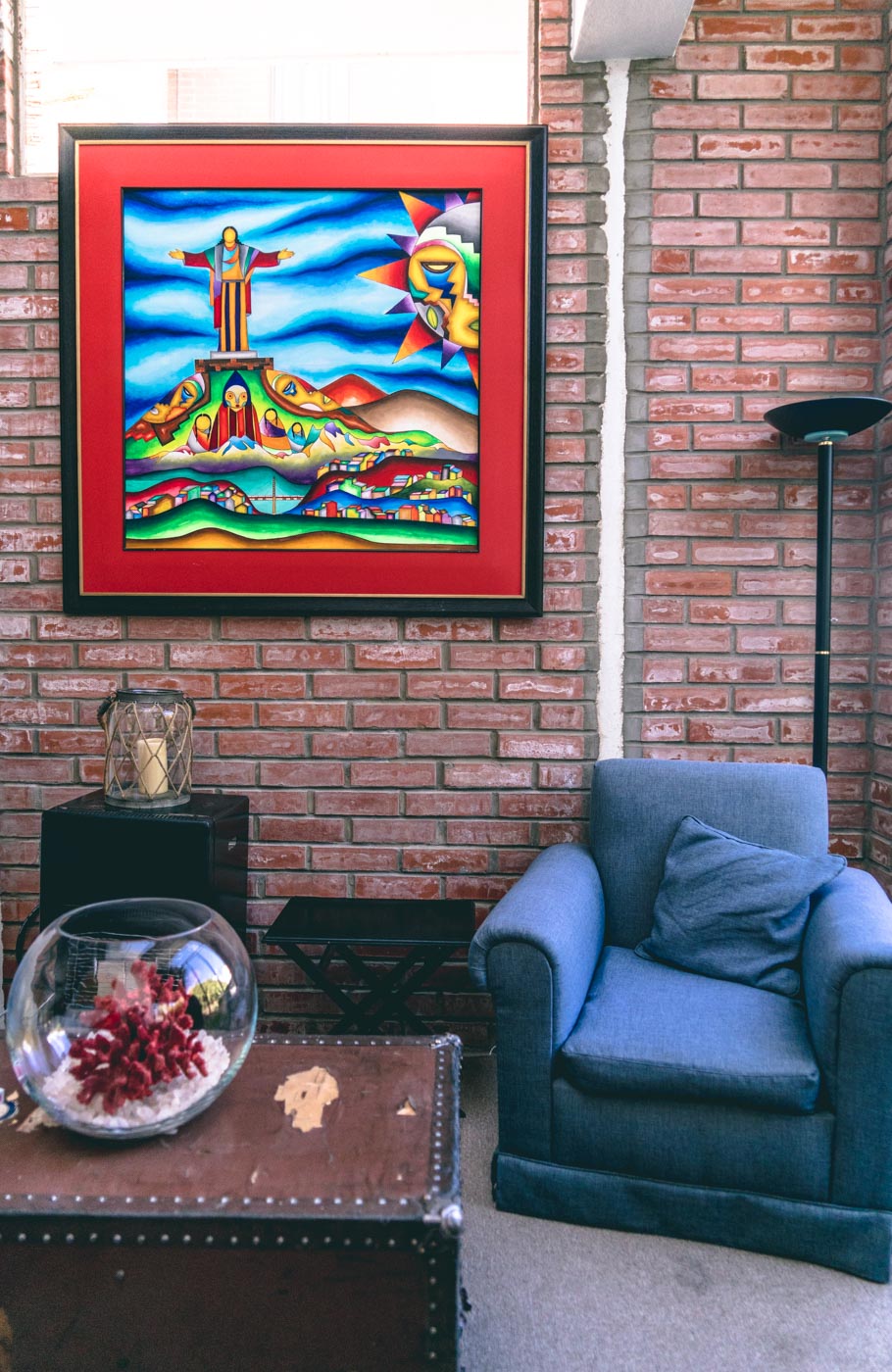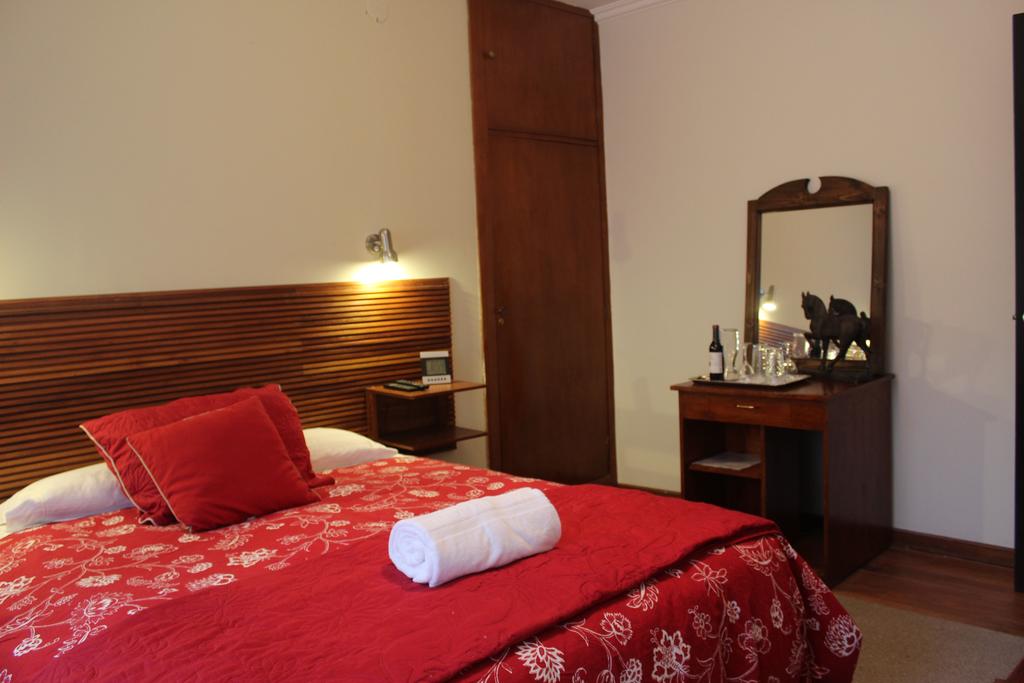In 2015, La Paz, the capital of Bolivia, was recognized as one of the Seven New Wonder Cities of The World, and it’s no surprise! The beauty of La Paz strikes you the second you get off the plane. Sitting at over 3,500m (3,827 yards), La Paz boasts the title of the highest elevated capital city in the world.
*This post may contain affiliate links, as a result, we may receive a small commission (at no extra cost to you) on any bookings/purchases you make through the links in this post. As an Amazon Associate, we earn from qualifying purchases. Read our full disclosure
There is no shortage of things to do in La Paz, Bolivia; it offers a rich history, beautiful sights, and plenty of activities.
Thanks to its Spanish colonial heritage and rich local culture, La Paz is a city with a fusion of flavours, cultures, and antiquity. It’s a city we didn’t expect to enjoy but one we ended up hanging around for much longer than anticipated.

Traveling Soon? Here is a list of our favourite travel providers and accessories to help get you ready for your upcoming trip!
Best Time To Visit
The geography of La Paz is unlike any other city in South America. The city is situated at a high altitude inside a steep valley at about 3,660 m (4,002 yards) and experiences a subtropical highland climate with distinct dry and rainy seasons.
The most popular time to visit La Paz is from May to October, when dry weather and pleasant temperatures attract hikers, bikers, and other outdoor enthusiasts to the plethora of activities in the city.
November to April is considered to be the low season, with lots of rain and tougher travel conditions. It’s hard to enjoy the city, the sights, and the flavours of Bolivia in the rain, but visiting La Paz can still be fun during this time of the year. There are plenty of places to visit in La Paz Bolivia, that can be enjoyed regardless of the weather.
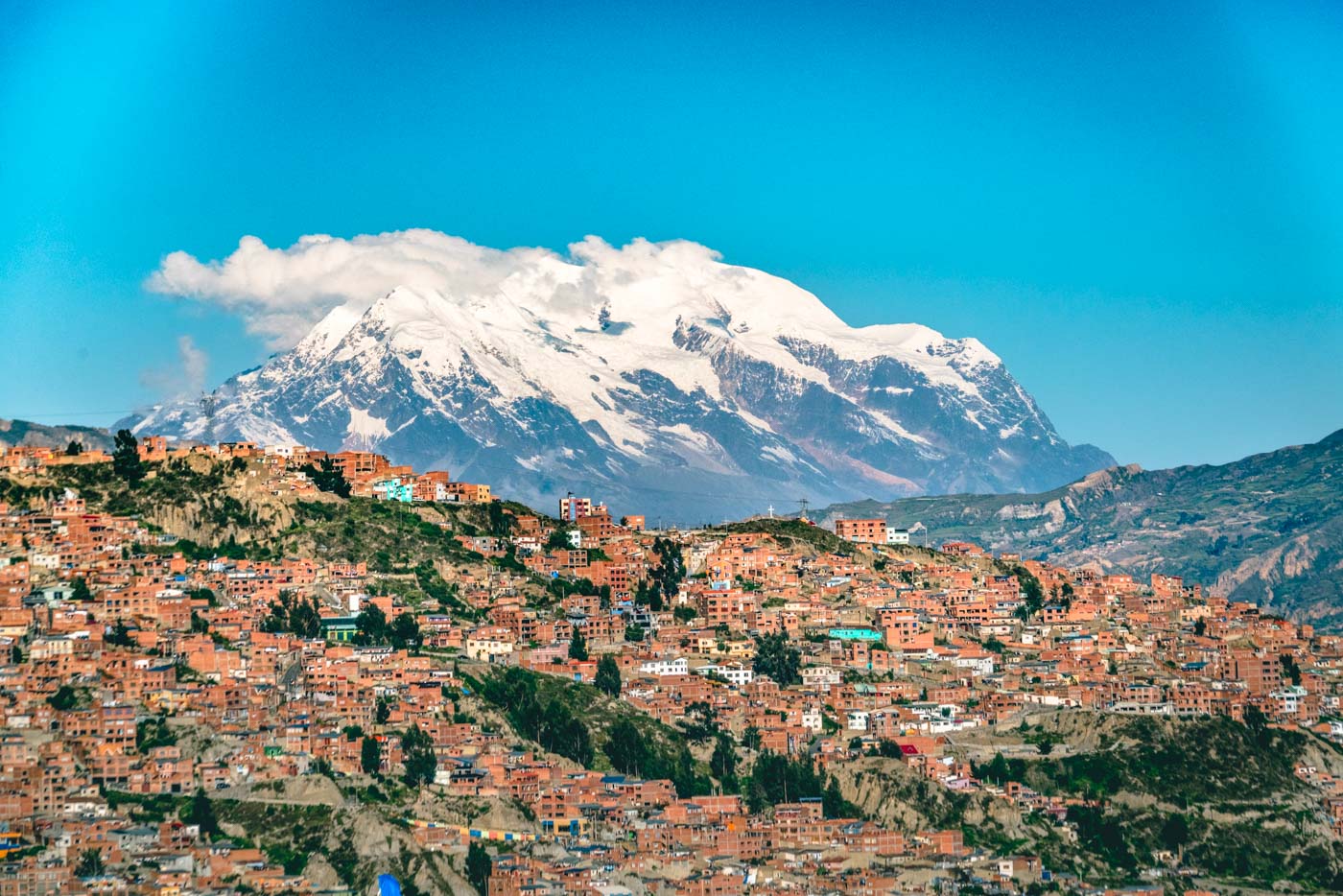
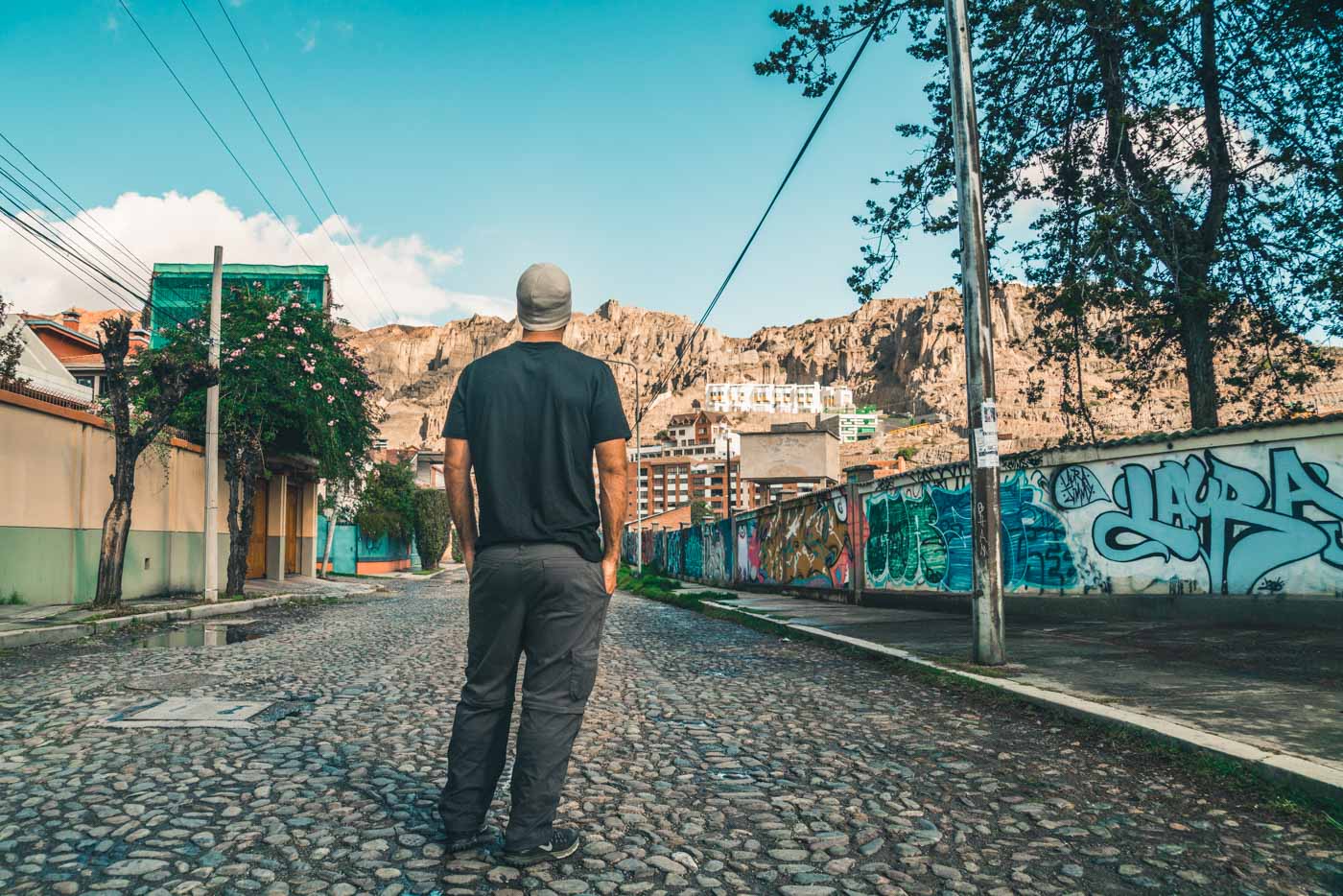
1. Explore the Vibrant City
There are endless La Paz tourist attractions suitable for any type of traveller and any interests. Walking through the streets of La Paz, you’ll experience the bustle of the city, see traditional plazas, churches, and old buildings and get a real feel for life in Bolivia. If you’re wondering what to see in La Paz, Bolivia, here are some ideas to get you started.
2. Join a Walking Tour
Getting around on foot is not only the most sustainable way to see La Paz, but it’s also one of the best ways to orient yourself in the city and see some of its biggest sights and attractions. If you want a guided walking tour, La Paz has plenty to choose from. This La Paz half-day walking tour is more than a sightseeing tour, the local guide will give you a real insight into the culture, history and local lifestyle. You’ll also discover a few of the harder-to-find, hidden spots that don’t feature on more traditional La Paz tours.
3. Shop at Local Markets
If you prefer to go independently of a tour company, you can start your self-guided tour at the Witches Market in the centre of La Paz and make your way to Plaza de San Francisco, home to San Francisco Church.
El Mercado de las Brujas, or the Witches Market, is a wonderful place to learn about the spiritual culture of La Paz and experience it in person. This vibrant market is full of vendors and witch doctors selling medicinal plants, healing and ceremonial potions, and offerings to the goddess Pachamama.
Make your way to the Plaza de San Francisco, home to the huge Lanza Market, a food hall filled with vendors offering local specialties, fresh fruit and juices, and baked treats.

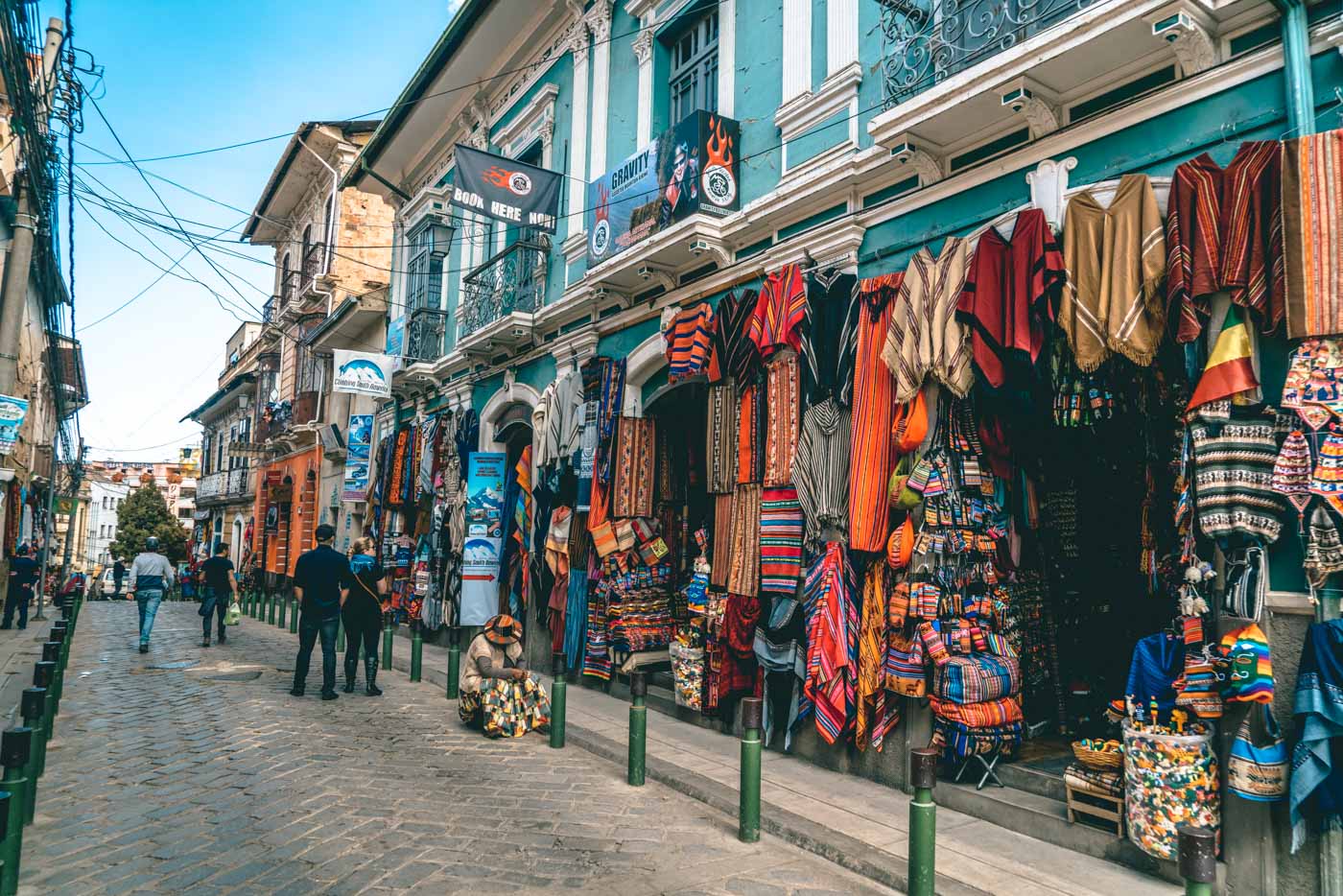
4. Wander Through the Cobblestone Plazas and Streets
While you’re already at the Plaza San Francisco, it’s worth taking time to check out historic sites like the Cathedral of San Francisco. Dating back to the 16th century, this plaza near Plaza Murillo is lined with lots of interesting historic buildings in addition to the impressive cathedral.
From there, head over to Calle Jaen, a beautiful, colourful, cobblestoned street in the heart of La Paz’s historic district. There are a few small museums housed in beautiful colonial-era homes and some cafes where you can sit and people-watch.
Plaza San Pedro is another beautiful spot worth visiting, and it’s surrounded by several ornate public buildings. There is the beautiful Fountain of Neptune, the baroque-style Church of San Pedro, statues, and lots of benches where you can sit and relax. Calle Jaen and Plaza San Pedro are great places to take photos or just sit at a cafe or bench and relax.
For a great panoramic view of the city, head to Mirador Kili Kili, located just off of Avenida Sucre. Another great way to see the city from above is on the unique Urban Cable Car, which passes over the city. There are several different lines travelling to many different attractions in La Paz, Bolivia, and the views are just fantastic. This cable car system, known as Teleferico, has been internationally recognized as an excellent response to traffic and pollution problems in big cities.
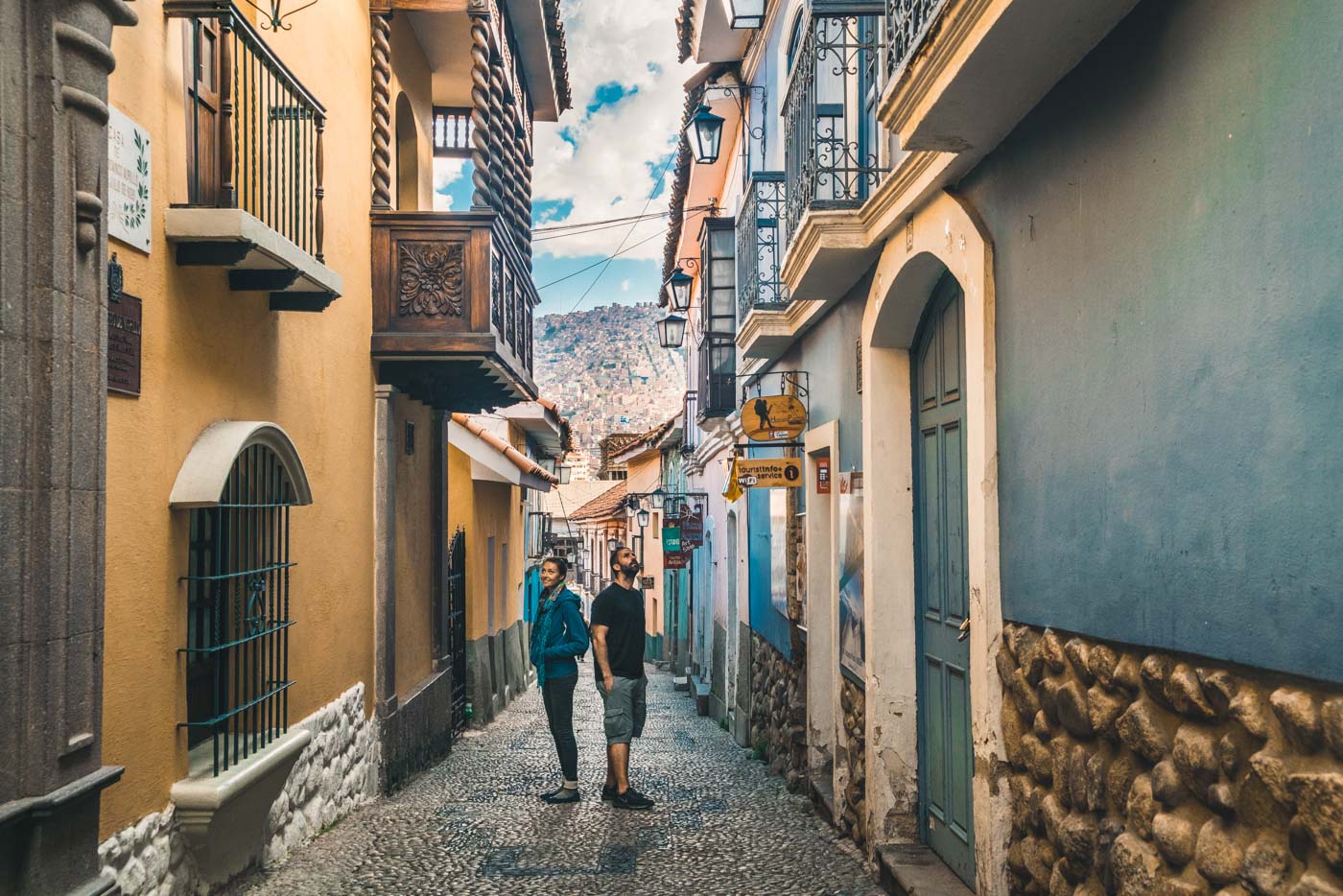
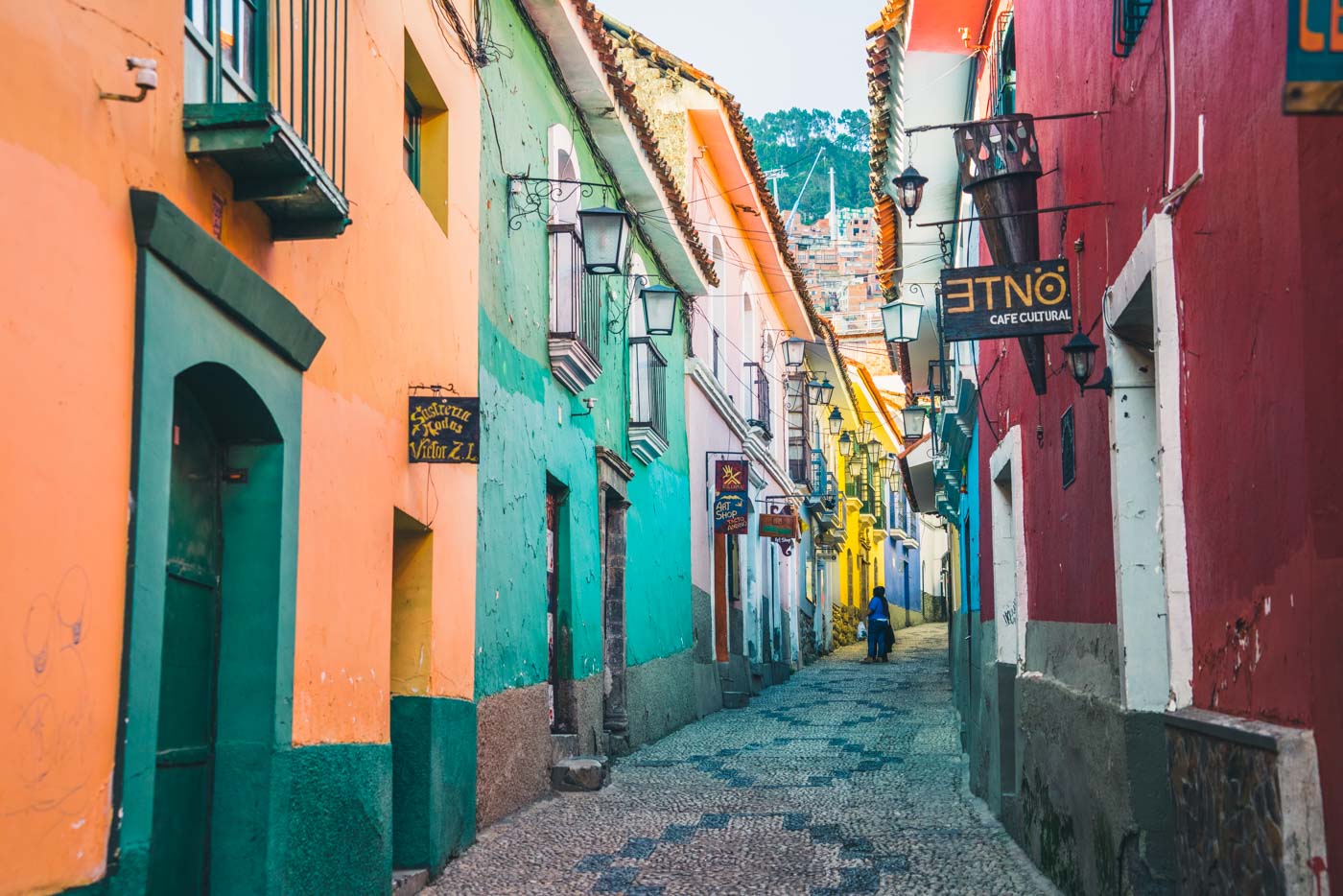
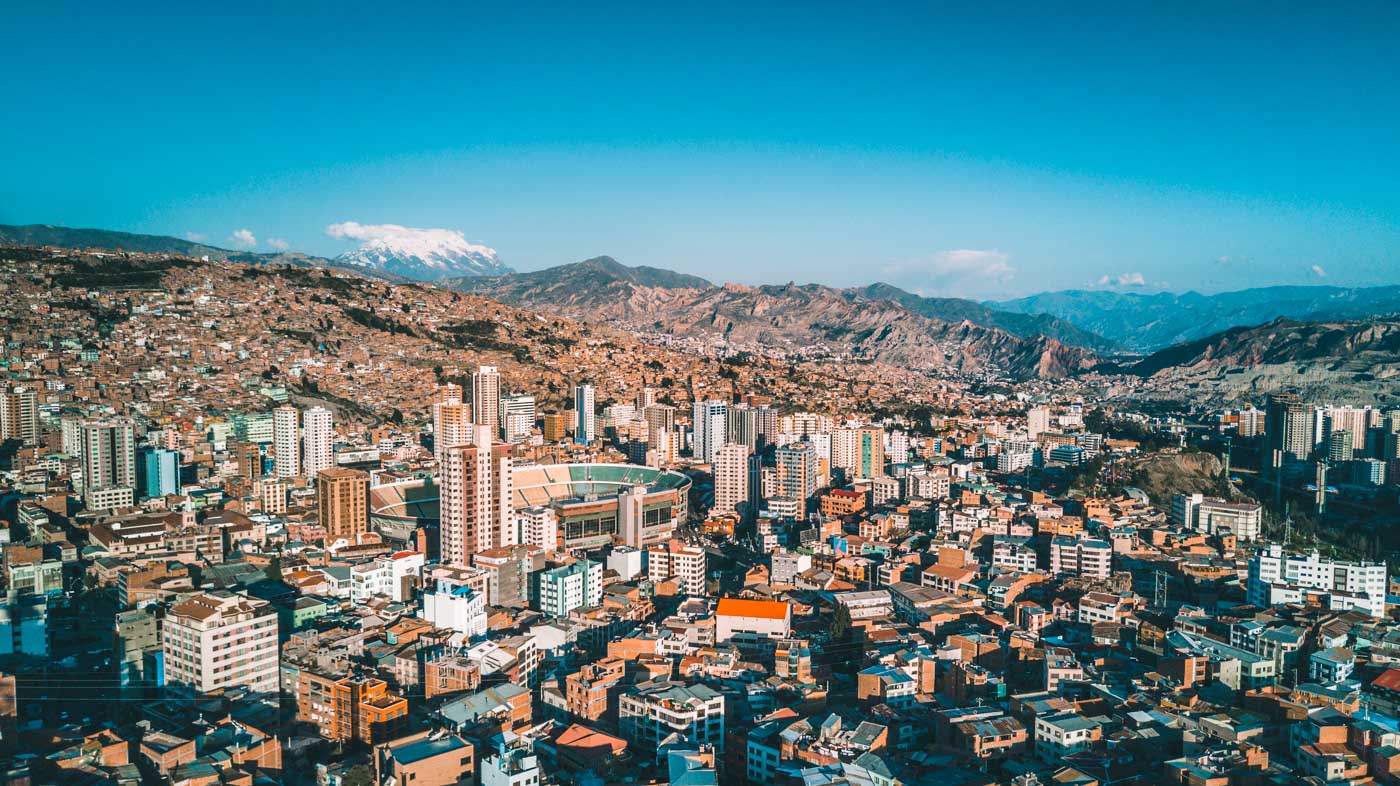
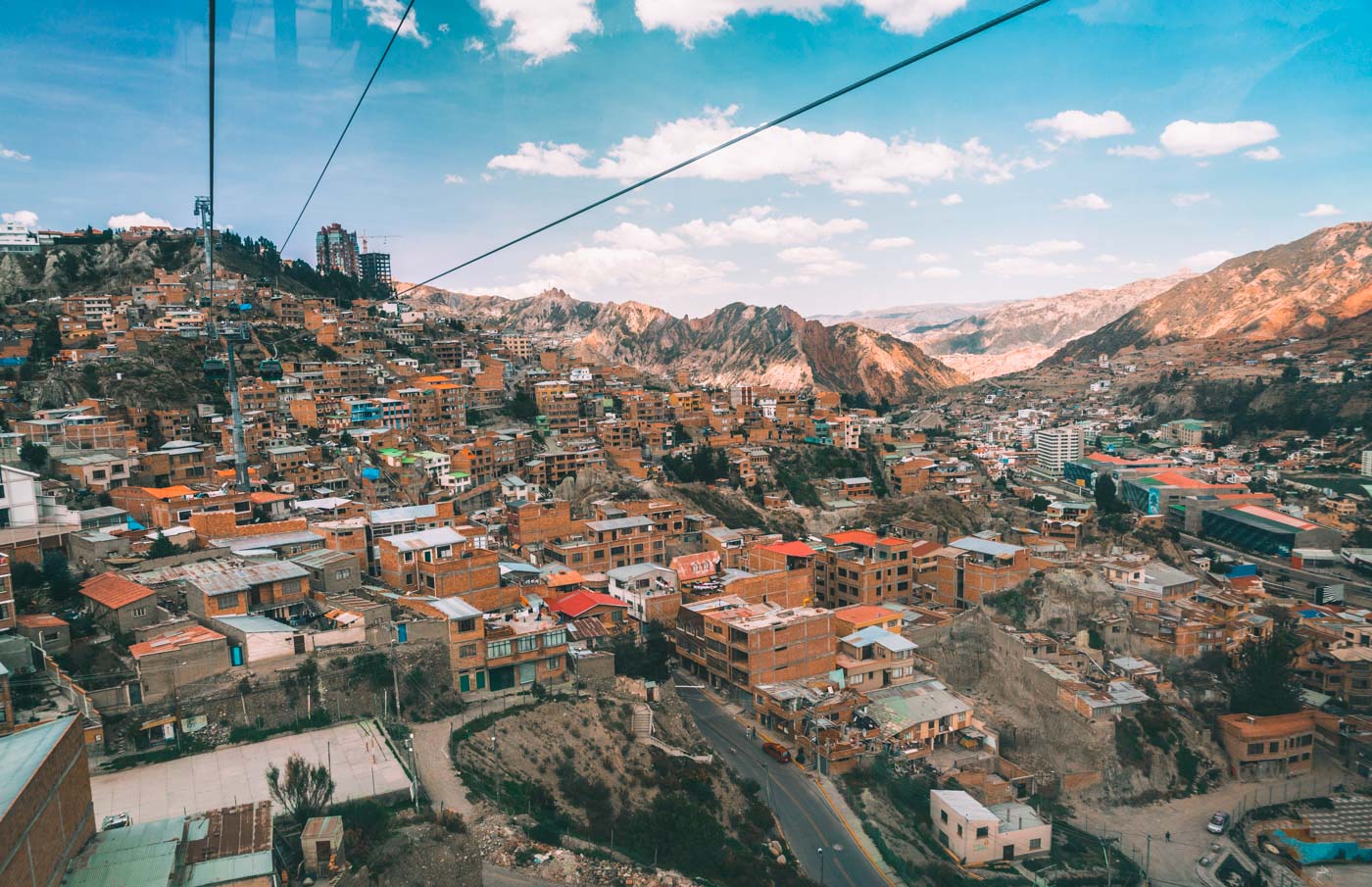
5. Learn About Bolivian Culture at La Paz Museums
Those looking for a more educational experience in La Paz, will find an unbelievable amount of museums in the city. Would you like to see a collection of traditional dolls, brush up on local history, or learn more about the production of Coca in the city’s famous Coca Museum? If museums are your thing, you’ll be spoiled for choice in La Paz.
The National Museum of Ethnography and Folklore is conveniently located in downtown La Paz, and houses wonderful cultural exhibits centred around Bolivia’s ethnic diversity. You’ll see thousands of examples of traditional native dress, ceremonial masks, feather art, and basketry. The museum itself is located in a restored colonial mansion
6. Explore Beautiful Sights Just Outside the Busy City
If you’re wondering what to do in La Paz Bolivia, beyond the city sights, there is plenty more to explore just outside. The Valley of the Moon (Valle de La Luna), just outside the town of Mallasa, about 30-40 minutes away from central La Paz is a beautiful natural rock formation sight that’s definitely worth the visit.
Tiwanaku, designated a UNESCO World Heritage Site in 2000, is an ancient archaeological site and another popular attraction just outside the city. Dating back thousands of years, the ruins cover about 4 square kilometres and encompass monuments, huge plazas, and enormous carved stone monoliths.
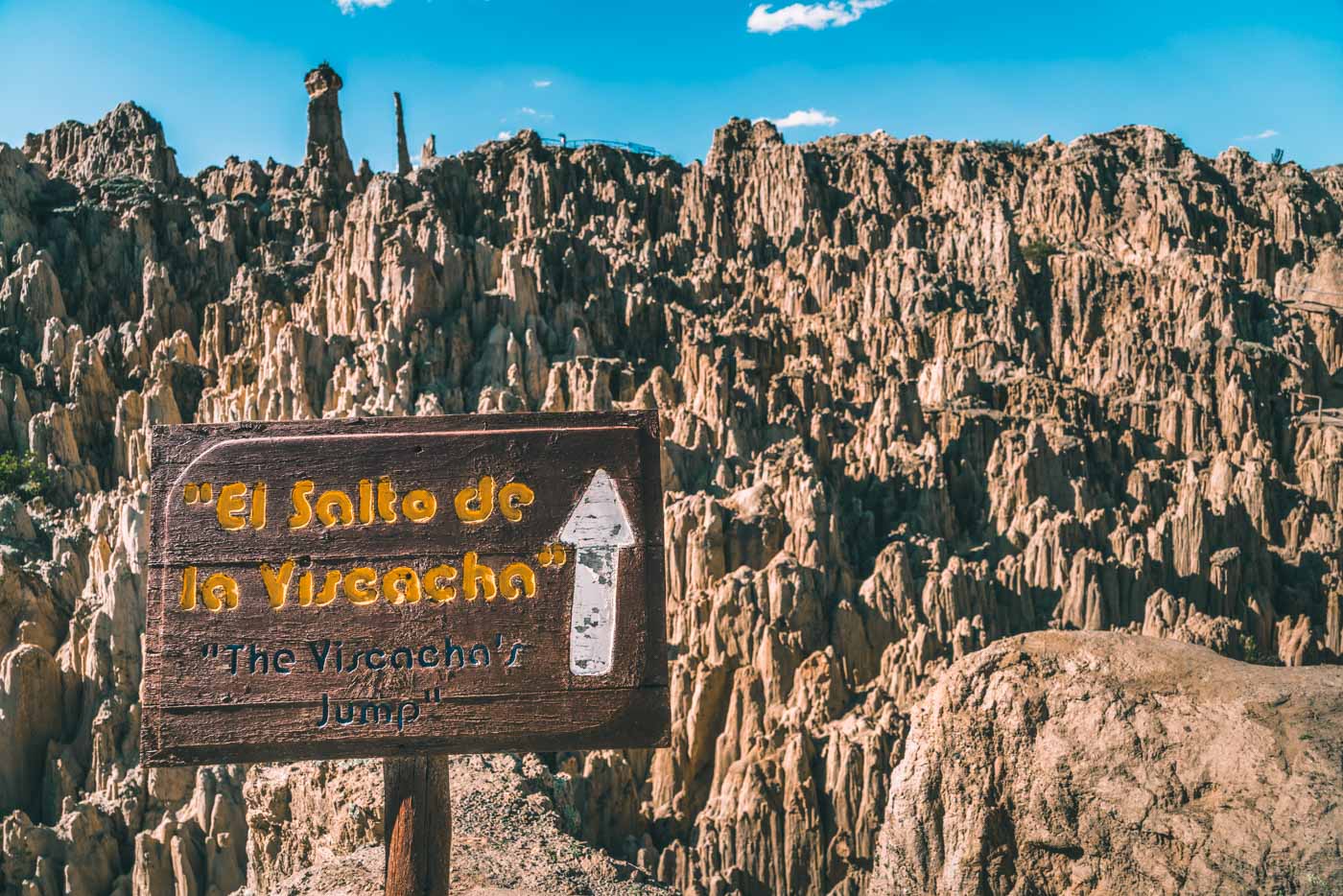
7. Get Your Adrenaline Fix on Death Road
Adventure seekers looking for things to do in La Paz Bolivia will love a mountain biking adventure on Bolivia’s Death Road, La Paz, known locally as El Camino de la Muerte or simply Yungas Rd. The road is located outside of La Paz in the Yungas region and is considered by many to be one of the most dangerous roads in the world.
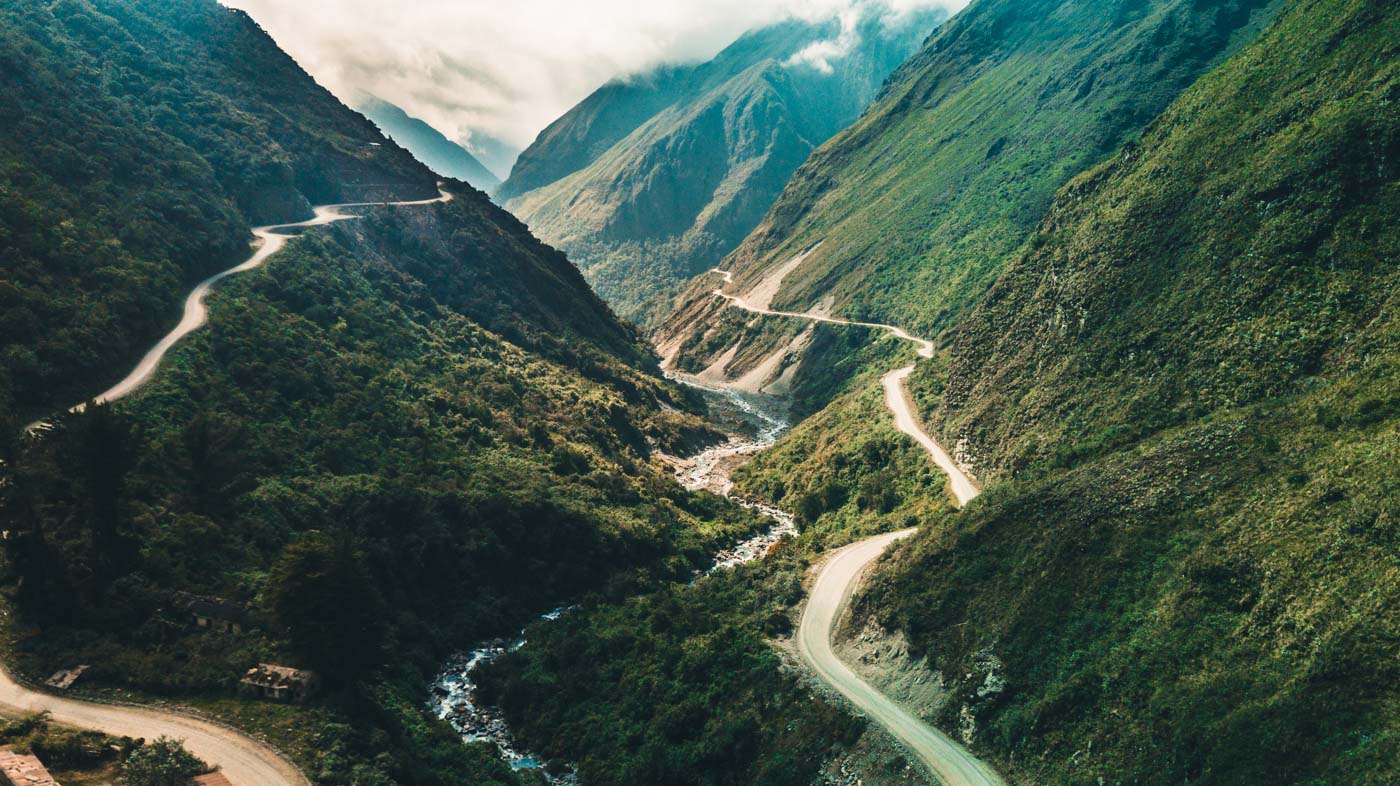
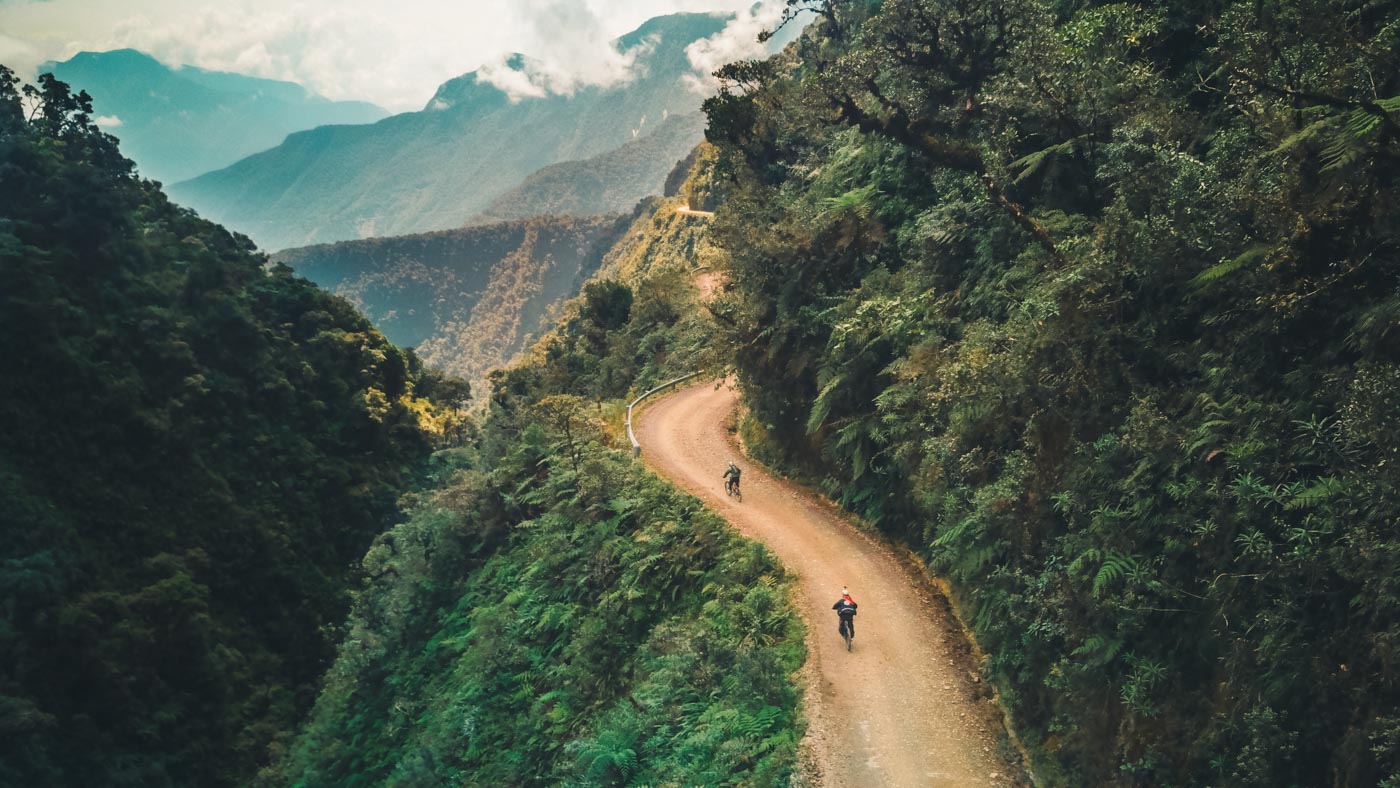
READ NEXT: Exploring Southern Bolivia on a Salar de Uyuni Tour
Where To Stay In La Paz
Downtown La Paz
There are a number of hotels to choose from in the capital city. You may enjoy La Casona Hotel located in the heart of the city. It is a beautifully restored colonial mansion, which has 25 rooms, each with its own private balcony and wonderful views of the city. The hotel offers an environmentally friendly bike rental option so that you can explore the city and all the things to do in La Paz Bolivia at your own pace.
La Casona Hotel is in a great location, with the nearest Teleferico station at just 1.5 km away, plus museums and Plaza de las Culturas just steps from the hotel.
Hotel Rosario La Paz is a small family-owned hotel that is in the centre of the museum district and within a short distance from La Paz activities. Not only will your rooms here be decorated using art from the local Aymara, and Quechua culture, but you’ll be able to enjoy local dishes in the restaurant on site, whose specialties include dishes made with llama and trout from Lake Titicaca. You’ll also get to try some locally made Bolivian wine.
Outskirts of La Paz
Located about 5 km from La Paz city center, Hotel Mitru Sur offers luxury accommodations with amazing views of the cityscape and surrounding mountains. The spacious rooms have all modern amenities, are beautifully appointed, and have soundproof walls that are perfect for those looking for a peaceful escape from La Paz attractions.
The property includes an indoor pool, sauna, and spa. GEO, the onsite restaurant, offers traditional Bolivian cuisine and international dishes that showcase locally sourced fish, produce, and Argentine beef. The nearest Teleferico station is about 1.5 km from the hotel, allowing for easy access to La Paz attractions.
Budget Hotels
Offering comfortable accommodations in a convenient location in downtown La Paz, Hotel Iskanwaya is a great choice for travellers on a budget. Guests have a choice of a private room with a shared bathroom or a private ensuite for a bit more. Continental breakfast is included with the fee, and there are plenty of restaurants and bars right outside the hotel.
There is a market right outside the hotel with produce vendors, and you can find some amazing art just a couple blocks away at Coca Museum. The hotel owner and staff are very helpful and can help arrange transportation or recommend La Paz, Bolivia activities.
The Rooftop Bolivia is perfect for those who like to mingle with other travellers. Both private and dorm-style rooms are offered, along with a shared lounge, laundry facilities, and a well-equipped shared kitchen. The rooftop bar and restaurant offers sweeping views of the capital city and mountains and serves breakfast, lunch, and dinner. There is a bus station right next to The Rooftop Bolivia, and the city center is just a 15-minute walk from the hotel.
Another great alternative for accommodation in La Paz is Airbnb, where private rooms start at $20 and offer a unique way to experience the city from a more local perspective.
Best Restaurants In La Paz To Eat And Drink
There are many choices when it comes to eating and drinking during your La Paz trip. There is a wonderful variety of fresh produce, local specialties, and international cuisine choices available in the best restaurants in La Paz across the city.
Vegan-Friendly Restaurants
You’ll be surprised to learn that although Bolivia is a meat-eating nation, La Paz itself is very vegan-friendly and has a growing number of Vegan restaurants.
Ali Pacha is billed as a plant-based fine-dining restaurant. The tasting menus give you the option to try 7-13 dishes, all made with locally sourced, fresh ingredients expertly combined for a taste sensation.
Namas Te is in Tripadvisor’s Top 10 restaurants for La Paz. They are very reasonably priced and have a wide selection of dishes on their fully vegan/vegetarian menu. Ask for their daily menu, and you won’t be disappointed- it’s what they are famous for!
Cafe Vida is another great healthy option for the hungry in La Paz. Everything on their menu is organic, vegan and gluten-free. Check out the smoothies; not only are they delicious, but they come with impressive floral artwork on the top.
Best Spots for Traditional Bolivian Cuisine
Gusto offers a fresh, creative take on traditional Bolivian dishes created exclusively with locally sourced ingredients. For the full experience, go for the 8 Steps Tasting Menu, which is offered in a vegetarian version.
El Vagon del Sur is a local favourite that specializes in traditional and hearty Bolivian dishes. Located in a remodelled home, El Vagon del Sur serves up fresh and flavourful plates from various regions in Bolivia.
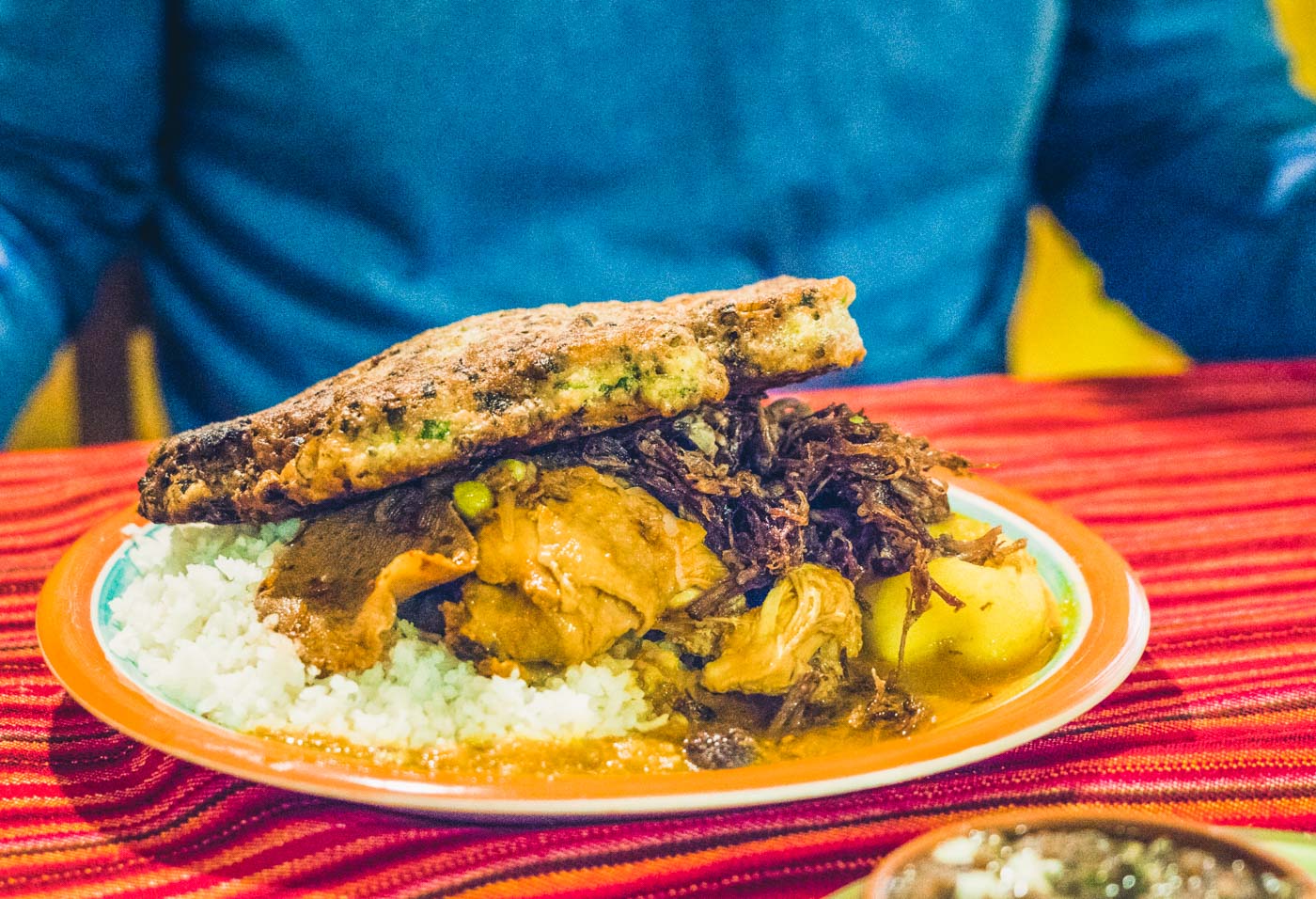
Wine Bars
La Paz is quickly becoming a wine capital, and there are plenty of spots where you can sample local vintages. Hay Pan is a highly-rated wine bar located in downtown La Paz, and offers a great range of Bolivian wines along with sharing platters of local meats, cheeses, and bread.
Local Food Tours
Another way to get the local flavour is to take one of the La Paz tours dedicated to food! This Small-Group Local Food Tour will take you on a delicious walking tour of La Paz, stopping in at local restaurants and organic markets and sampling some of La Paz most popular traditional foods.
You might also like to sample some local street food while in La Paz. Markets are popular spots to try hearty soups, roast meats, and unique local dishes for a very reasonable price. You can buy meat-filled pastries, or chicken and vegetables called salteñas, and tucumanes from vendors all across the city. Freshly squeezed orange and grapefruit juices are also a popular find.
READ NEXT: Coca Tea (Mate de Coca), the fuel of the locals in the Andes of South America
How Much Time Do You Need In La Paz
La Paz is a fascinating city and one that requires a bit of time to get to know. But before tackling any of the fun things to do in La Paz Bolivia, you’ll need a few days to acclimatize to the altitude. The city is located at over 3,600m, so even walking down the street will be challenging. Take it easy for the first day or so. Drink lots of water, get lots of rest and do only 1-2 hours of sightseeing for the first day or two.
Additional two days will allow you to explore the city, visit museums, churches, and plazas and spend some time shopping at the markets. Add another day for each one of the attractions outside the city.
We suggest at least 2-4 days exploring the city, the Moon Valley La Paz and its surroundings, but if time allows, 1 week or more is ideal.
Can’t splurge on that much time in La Paz? Here are a few guides that might help you plan a quicker visit to Bolivia’s capital after your arrival via El Alto International Airport.
